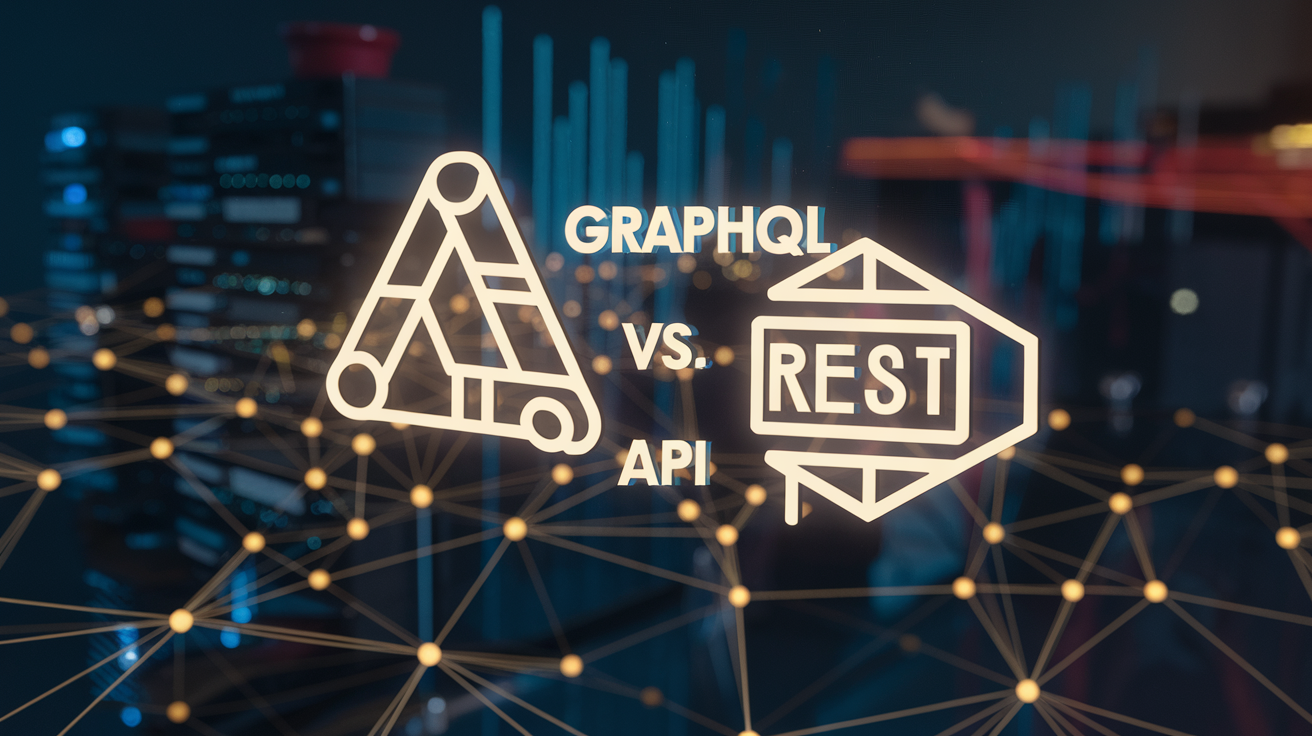Developers and cloud architects building applications on AWS need to choose the right API Gateway option for their projects. This guide breaks down the three main AWS API Gateway types—REST, GraphQL, and HTTP APIs—to help you make the best decision for your specific requirements. We’ll explore the traditional REST API approach with its robust features, examine GraphQL’s flexible querying capabilities, and look at why HTTP API might be your best choice for simpler, cost-sensitive applications.
Understanding AWS API Gateway Fundamentals
Key features and benefits for developers
API Gateway isn’t just another AWS service – it’s your secret weapon for building robust APIs without the headache. You get request throttling, SDK generation, and authorization controls out-of-the-box. Plus, the built-in caching and monitoring tools mean you’ll sleep better knowing your APIs are performing exactly as they should.
REST API: The Traditional Approach
Architecture and design principles
REST APIs built on AWS API Gateway follow standard REST architecture – resources, HTTP methods, and stateless interactions. They’re organized hierarchically with clean URLs like “/users/{id}/orders” and rely on HTTP status codes for response handling. Perfect for traditional client-server applications needing structured data exchange.
Performance characteristics and scalability advantages
API Gateway’s REST APIs handle massive scale with ease. AWS manages the infrastructure, automatically scaling to handle traffic spikes without you lifting a finger. The service provides built-in caching to reduce backend calls, throttling to protect your services, and regional deployments for lower latency. Your APIs stay responsive even as user numbers explode.
Authentication and security options
REST APIs on API Gateway offer robust security options. You get IAM roles for AWS service access, Lambda authorizers for custom auth logic, and Cognito integration for user pools. API keys manage client access, while AWS WAF blocks malicious traffic. SSL/TLS encryption protects data in transit, giving you defense in depth.
Ideal use cases for REST API implementation
REST APIs shine for public-facing applications needing broad client compatibility. They’re perfect for mobile apps, traditional web applications, and third-party integrations. When you need structured resource access, predictable endpoints, and wide tooling support, REST delivers. Complex microservice architectures particularly benefit from REST’s clear organization.
Limitations to consider before choosing REST
REST APIs cost more than HTTP APIs and lack native real-time capabilities. They struggle with complex data relationships and can lead to over-fetching or under-fetching data. The rigid endpoint structure creates maintenance challenges as apps evolve. For data-heavy applications with intricate querying needs, REST might not be your best choice.
GraphQL API: Flexible Data Querying
A. How GraphQL resolves overfetching and underfetching issues
GraphQL crushes the problems REST APIs struggle with daily. Need exactly five fields from that user object? Just ask for them. No more getting back 50 fields you don’t need (overfetching) or making three separate calls to gather related data (underfetching). You get precisely what you request in a single trip to the server.
HTTP API: The Lightweight Alternative
A. Performance improvements over REST API
HTTP API Gateway crushes REST API on speed. We’re talking half the latency in most scenarios. AWS optimized this thing specifically for high-performance use cases where every millisecond counts. For APIs handling thousands of requests per second, this performance boost is a game-changer.
B. Simplified setup and reduced latency benefits
Setting up HTTP API is refreshingly simple. No more wading through endless configuration options. You get your API running in minutes, not hours. The streamlined architecture means fewer moving parts, resulting in consistently lower latency that your users will actually notice.
C. Cost advantages for high-volume APIs
HTTP API costs roughly 70% less than REST API for the same traffic. That’s not a typo – it’s a massive savings. If you’re processing millions of requests monthly, switching to HTTP API could slash your API Gateway bill from hundreds of dollars to just tens. The math is pretty compelling.
D. Feature limitations compared to REST API
HTTP API sacrifices some features for its speed and simplicity. You lose API keys, per-client throttling, and certain request/response validations. No usage plans or complex request transformations either. For basic CRUD operations it’s perfect, but complex workflows might still need REST API’s fuller feature set.
E. Migration path from existing REST implementations
Moving from REST to HTTP API isn’t automatic but it’s straightforward. Export your REST API as an OpenAPI spec, then import it to HTTP API with some tweaking. You’ll need to adjust authorization methods and remove unsupported features. For many APIs, the cost and performance benefits make this migration effort worthwhile.
Real-World Decision Framework
Real-World Decision Framework
A. Technical requirements assessment guide
Choosing the right API Gateway isn’t just theoretical—it’s about your specific needs. REST works for most scenarios with standard CRUD operations. GraphQL shines when clients need flexible data fetching. HTTP API is perfect for simple, high-performance endpoints. Map your requirements against each option’s strengths before deciding.
The AWS API Gateway Landscape: Making Your Choice
The journey through AWS API Gateway options reveals distinct pathways for different API needs. REST APIs offer a mature, feature-rich solution with comprehensive security and throttling capabilities, making them ideal for complex enterprise applications. GraphQL APIs shine when clients need flexible data retrieval and reduced network overhead, particularly valuable for mobile applications. HTTP APIs emerge as the cost-effective, high-performance alternative when speed and simplicity are paramount.
When selecting your API Gateway approach, consider your specific requirements around security features, performance expectations, budget constraints, and developer experience. Rather than viewing these options as competing alternatives, think of them as specialized tools in your architectural toolkit. The best choice aligns with your project’s unique needs and future growth plans—whether that means embracing REST’s robust ecosystem, GraphQL’s query flexibility, or HTTP API’s streamlined efficiency.




















